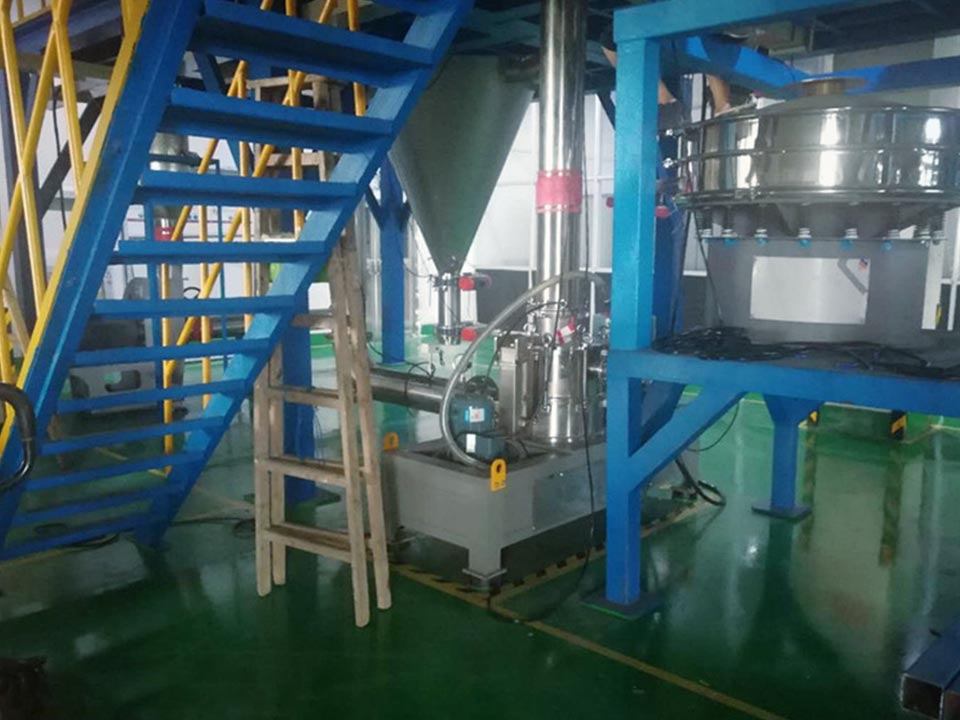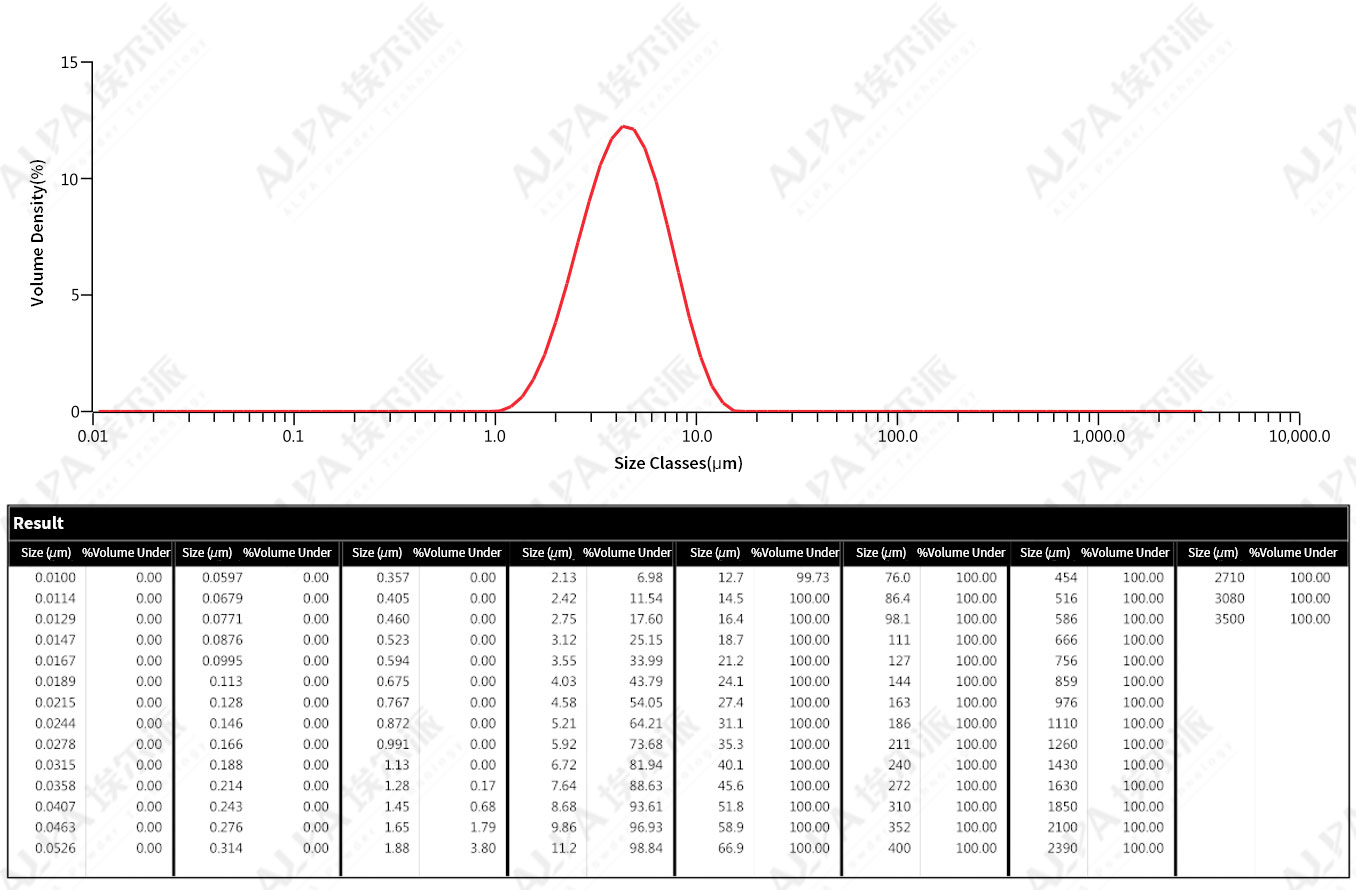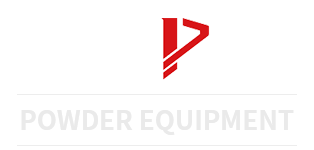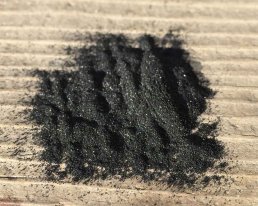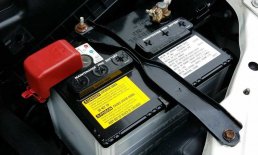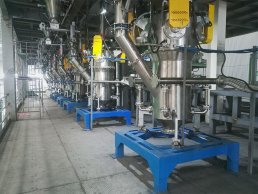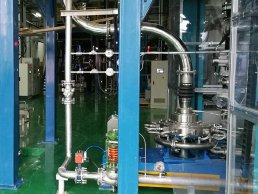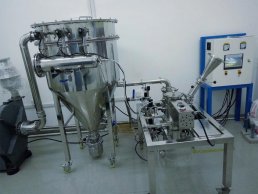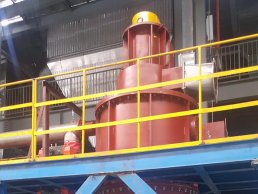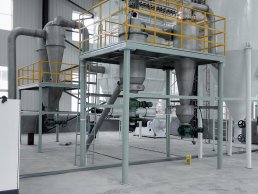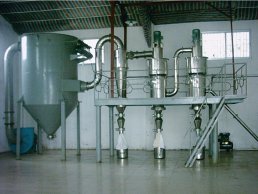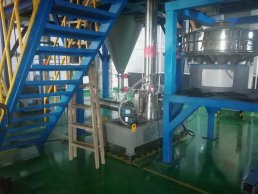Application and market of graphite electrodes
Graphite electrodes are mainly made of petroleum coke and needle coke as raw materials, coal tar pitch is used as a binder, and are made by calcining, batching, kneading, pressing, roasting, graphitization, and machining. It releases electric energy in the form of electric arc in an electric arc furnace. Conductor for thermal melting of the charge.
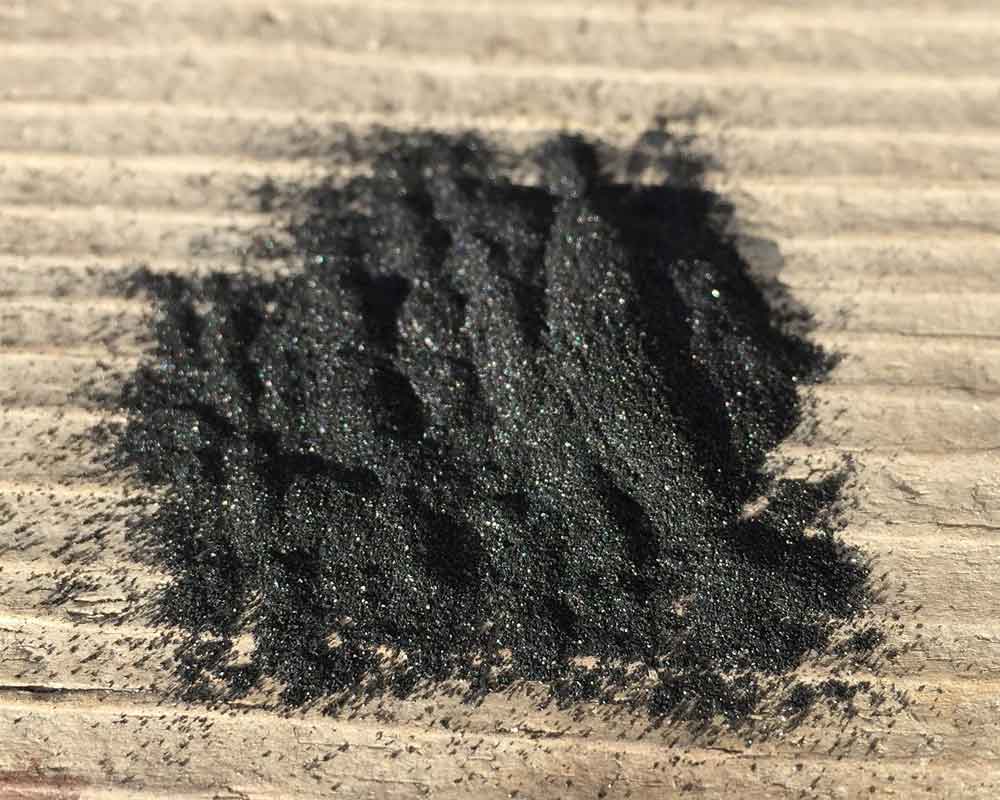
Classification of graphite electrodes
According to its quality index, it can be divided into ordinary power, high power and super high power. Graphite electrodes mainly include four types of ordinary power graphite electrodes, anti-oxidation coating graphite electrodes, high-power graphite electrodes and ultra-high-power graphite electrodes.
- Ordinary power graphite electrode
Graphite electrodes with current density lower than 17A/cm2 are allowed, which are mainly used for ordinary power electric furnaces for steelmaking, silicon making, and yellow phosphorus making.
- Anti-oxidation coating graphite electrode
A graphite electrode coated with an anti-oxidation protective layer (graphite electrode antioxidant) forms a protective layer that is both conductive and resistant to high-temperature oxidation, reducing electrode consumption (19%-50%) during steelmaking, and prolonging the use of electrodes Life span (22%~60%), reduce the power consumption of the electrode.
- High power graphite electrode
Graphite electrodes with a current density of 18-25A/cm2 are allowed, which are mainly used in high-power electric arc furnaces for steelmaking.
- Ultra-high power graphite electrode
Graphite electrodes with a current density greater than 25A/cm2 are allowed, and they are mainly used for ultra-high power steelmaking electric arc furnaces.
Characteristics of graphite electrodes
Advantages: good electrical conductivity, chemical stability, low electrode consumption, fast processing speed, good mechanical processing performance, high processing accuracy, small thermal deformation, light weight, easy surface treatment, high temperature resistance, high processing temperature, electrode bonding .
Disadvantages: The production cycle is long (the normal production cycle of graphite electrodes is generally about 90 days, and the production of electrode joints is four more processes than electrodes) and high cost.
There are five main elements to measure the performance of electrodes, which are processing speed, wear resistance, processed surface finish, processability and material cost. Copper electrodes are suitable for processing small and medium-sized workpieces with high surface roughness requirements; while graphite is suitable for processing various workpieces with low area roughness requirements, high electrode processing accuracy, high material unit prices, and high processing speeds.
Application of graphite electrode
- Application in die casting mold
In actual application, the processing time of graphite electrode is 1/2 of that of copper electrode with high precision, and the processing speed is 1.5 times that of copper electrode. According to statistics, if graphite electrodes are used for mold processing, small molds can save 15,000 yuan per set, medium-sized molds can save 50,000 yuan per set, and large-scale molds can save 85,000 yuan per set.
- Application in EDM
In the EDM process, tool click is the key determinant of the machining effect. Electrodes of different materials have a greater impact on processing efficiency, electrode loss, and surface quality. The high-performance graphite electrode has the unique advantages of small deformation, good thermal stability, high discharge efficiency, low loss, good conductivity, low density, no pollution to the environment, and reproducibility. It is an ideal electrode material. In Europe, more than 90% of the electrode materials used in EDM are graphite.
Graphite electrode market
According to the working current density, graphite electrodes are divided into ordinary graphite electrodes (RP), high-power graphite electrodes (HP), and ultra-high-power graphite electrodes (UHP). The main production and export countries of graphite electrodes abroad are the United States, Germany and Japan.
Graphite electrode raw materials include petroleum coke, coal pitch, calcined coke, needle coke and other major raw materials. The price of needle coke, the main raw material for graphite electrodes, rose the most, with a peak of 67% in one day. Needle coke accounts for 70% of the total cost of graphite electrodes, and ultra-high power graphite electrodes need to consume 1.05t needle coke. Needle coke can also be used in lithium batteries, nuclear power, aerospace and other fields.
Article source: China Powder Network
The jet mill effectively controls the particle density of battery raw materials and helps the development of the industry
Increasing the particle density of the positive electrode material can achieve the purpose of increasing the energy density of the battery. In this process, the jet mill can be said to have played a key role, because the particle density of the battery material depends on the particle density of the raw material. The jet mill can easily pulverize battery materials with high precision, and the pulverized product is fully compatible with its subsequent applications.
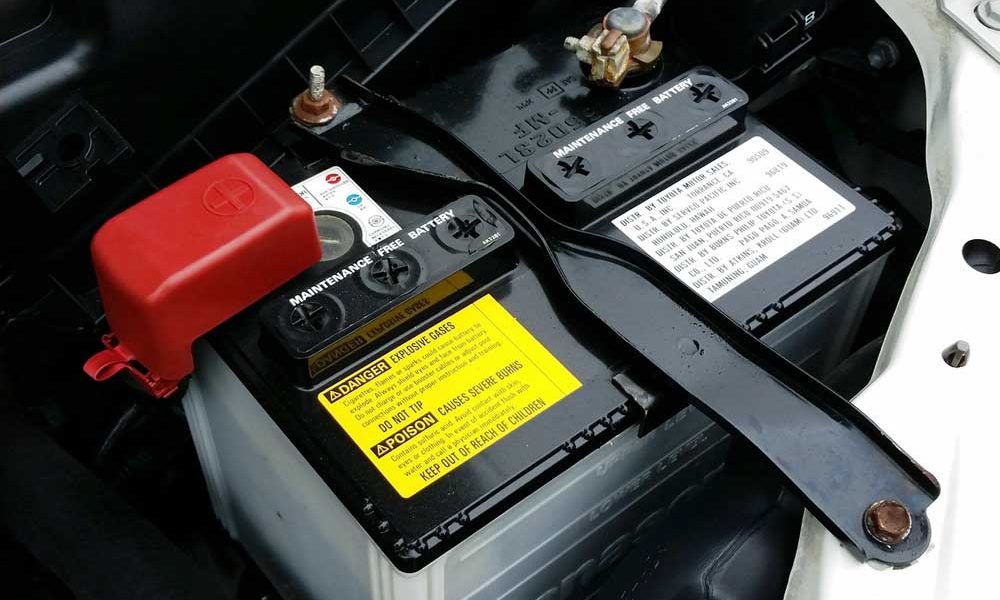
Jet mills have outstanding advantages in battery materials, especially in the preparation of cathode material raw materials, which are specifically manifested in the following aspects:
[High efficiency] The full use of jet energy can increase the crushing efficiency by 30% compared with the traditional jet mill. When used in conjunction with the classifier, the particle size distribution is ultra-narrow.
[Multi-purpose] One machine has multiple uses, it can be used as a grinder or as a classifier alone. The crushing particle size range is wide, and the particle size of the finished product can be adjusted arbitrarily within the range of 1~45μm.
[Environmental protection] Low temperature, no media crushing, to ensure the purity and physical and chemical properties of the product. The equipment runs under negative pressure, and there is no dust pollution.
[Small abrasion] The "jet mill + high-precision turbo classifier" can process ultra-fine powder with high purity and ultra-narrow, avoiding the abrasion of the crushing part of the "spray + horizontal classifier" and "fluidized bed + The abrasion of the “horizontal classifier” classification part is especially suitable for ultra-fine grinding of high-hardness and high-purity materials.
[Large output] When producing products with ultra-narrow particle size distribution, the yield is more than 1 times higher than that of traditional counter-jet and ordinary jet mills.
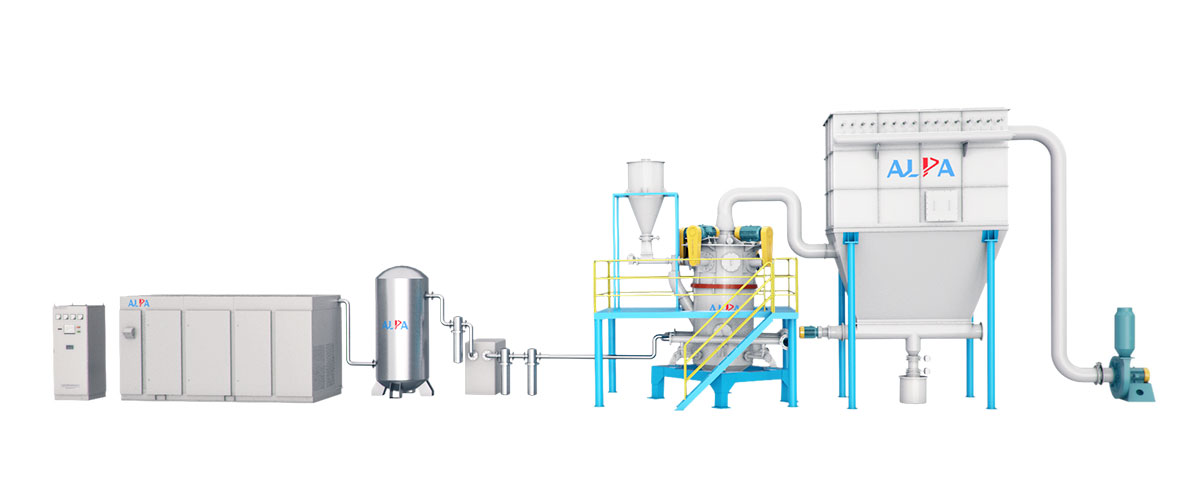
When the jet mill is working, the material is first fed into the silo, and the uniform feeder sends the material into the crushing chamber. The supersonic jet generated by the rapid acceleration of the compressed air through the nozzle forms a centripetal reverse jet flow field in the lower part of the crushing chamber. The material in the grinding chamber is fluidized under the effect of the difference. The accelerated material will be pulverized by violent impact, collision, shearing and crushing at the intersection of the multi-nozzle. The coarse particles in the flow field generated by the turbine are thrown near the side wall under the action of centrifugal force, and fall back to the crushing chamber with the stalled coarse powder to be crushed again, while the fine powder that meets the fineness requirements passes through the flow path of the classifier blade. It is transported to the cyclone separator through the exhaust pipe for collection as a finished product, a small amount of fine powder is further separated from the gas and solid by the bag collector, and the purified air is discharged by the induced draft fan.
Understand lithium battery anode material-spherical graphite
Graphite (referring to natural stone, the same below) is a non-metallic mineral resource. Graphite materials have various special properties such as high temperature resistance, electrical conductivity, thermal conductivity, lubrication, chemical stability, plasticity, and thermal shock resistance. Among them, spherical graphite is a high-end product in graphite and is used in strategic emerging industries such as new energy vehicles, energy storage, and environmental protection.
Spherical graphite is made of high-quality high-carbon natural flake graphite as raw material, and the graphite surface is modified by advanced processing technology to produce graphite products with different fineness and shape like oval spheres.

Indicators for measuring spherical graphite
- Physical performance index
Particle size (D50, μm), tap density (g/cm³), specific surface area (㎡/g), moisture (%), fixed carbon (%)
- Electrochemical performance index
Coulomb efficiency (%), charging capacity (mAh/g), cycle life (cycles)
Advantages and disadvantages of natural graphite
Natural graphite has the advantages of being used as a negative electrode material for lithium-ion batteries: wide sources, low price, low charge and discharge voltage platform, and high reversible capacity (theoretical value 372mAh/g).
However, there are many problems with graphite as the negative electrode material of the battery: poor compatibility with solvents; poor performance in high-current charging and discharging; during the first charge and discharge, the graphite layer is peeled off due to the co-embedding of solvent molecules, which leads to a reduction in electrode life.
Formation of spherical graphite
Through the spheroidization of flake graphite, the specific capacity (≥350mAh/g), the first cycle efficiency (≥85%) and cycle performance of the negative electrode material can be significantly improved.
- The size of the granularity
As a negative electrode material for lithium-ion batteries, the particle size D50 is most suitable between 16 and 18 μm. If the particle size is too small, the specific surface area will be larger, causing the negative electrode to consume a large amount of Li+ during the first cycle, thus forming a solid dielectric interfacial film, which is the first charge and discharge efficiency; The liquid contact area is small, which affects the specific capacity of the negative electrode.
- Spherical graphite production equipment
The production of spherical graphite has been industrialized. In industrial production, wind impact shaping machines are mainly used to spheroidize flake graphite. Among them, the airflow vortex pulverizer is a commonly used equipment. This method has less impurities during the spheroidization process, but its equipment is large in size, and the amount of graphite is large, and the yield is low, which is very limited in laboratory preparation.
Modification of spherical graphite
There are two main starting points for the modification:
1. Appropriately reduce the specific surface area of the stone mill to reduce the irreversible loss caused by the excessive stroke of the SEI film and the co-embedding of solvent molecules that cause the laminar peeling of graphite;
2. Introduce other metal elements or non-metals into graphite to increase the charge and discharge capacity of graphite.
- Coating method-improve the cycle performance of graphite
The "core-shell" model coating method uses graphite materials as the "core", and a "shell" of an amorphous carbon material is coated on its surface. The precursors of the commonly used amorphous carbon materials include phenolic resin, Epoxy resin and cracked carbon. The layer spacing of amorphous carbon materials is larger than that of graphite, which can improve the diffusion performance of lithium ions in it, which is equivalent to forming a buffer layer of lithium ions on the outer surface of graphite, thereby improving the high-current charge and discharge performance of graphite materials.
The coating method improves the cycle life of the battery, but the current coating process still has certain problems. The key problem to be solved at present is how to form a complete, uniform coating layer outside the graphite and well combined with the graphite.
- Doping method-increase the charge and discharge capacity of graphite
The introduction of certain metallic or non-metallic elements into carbon materials will result in changes in the carbon microstructure and electronic state, which will affect the lithium insertion behavior of carbon electrodes. At present, the most researched is the introduction of boron, silicon, and phosphorus into carbon materials. And other elements.
Other commonly used modification methods: surface oxidation, metal layer formation, mechanical grinding
Spherical graphite material has good electrical conductivity, high crystallinity, low cost, high theoretical lithium insertion capacity, low charge and discharge potential and flatness. It is an important part of lithium-ion battery anode material and is a cathode material for lithium-ion battery production at home and abroad. The replacement product. It has excellent electrical conductivity and chemical stability, high charge and discharge capacity, long cycle life, and environmental protection.
Production line of lithium iron phosphate and single crystal ternary jet mill for an electric vehicle company in Shenzhen
The company is a Chinese car manufacturer and the world's second largest manufacturer of rechargeable batteries. One of the earliest Chinese enterprises engaged in the manufacture of new energy materials, with strong technical strength and great influence in the industry, the company has been cooperating well with ALPA. When expanding production capacity, all ALPA's ultrafine grinding equipment was selected. Accumulatively used more than 20 units, and now it has developed into a core customer of long-term cooperation with ALPA.
Raw Material:Lithium iron phosphate, single crystal ternary material
Capacity:500kg/h
Feeding Size:1mm
Product Size:D50:3.44μm
Address:Shenzhen
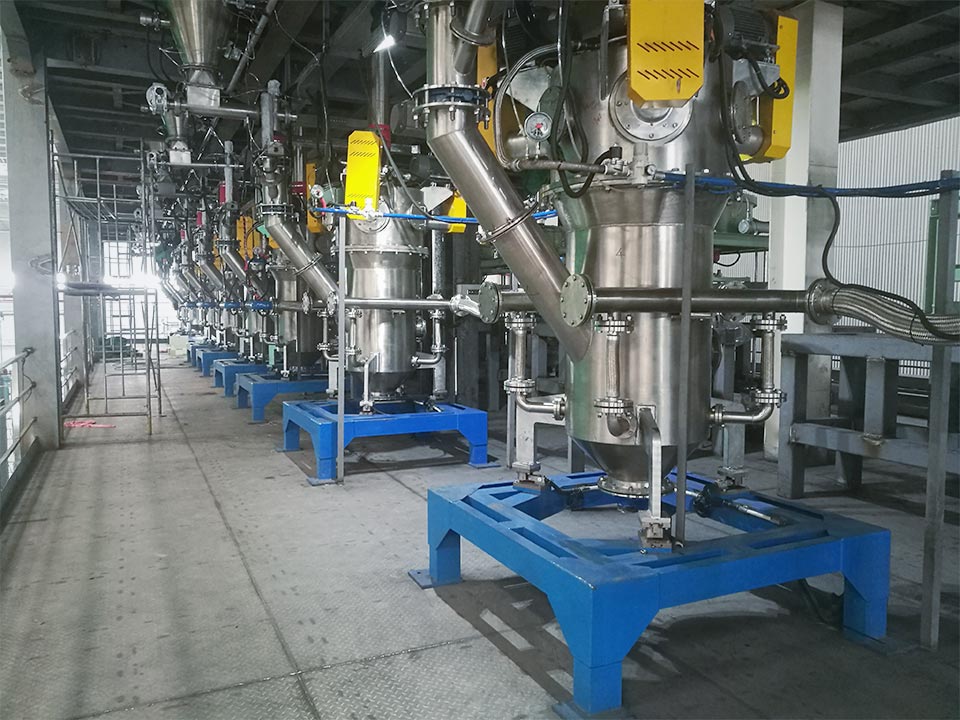
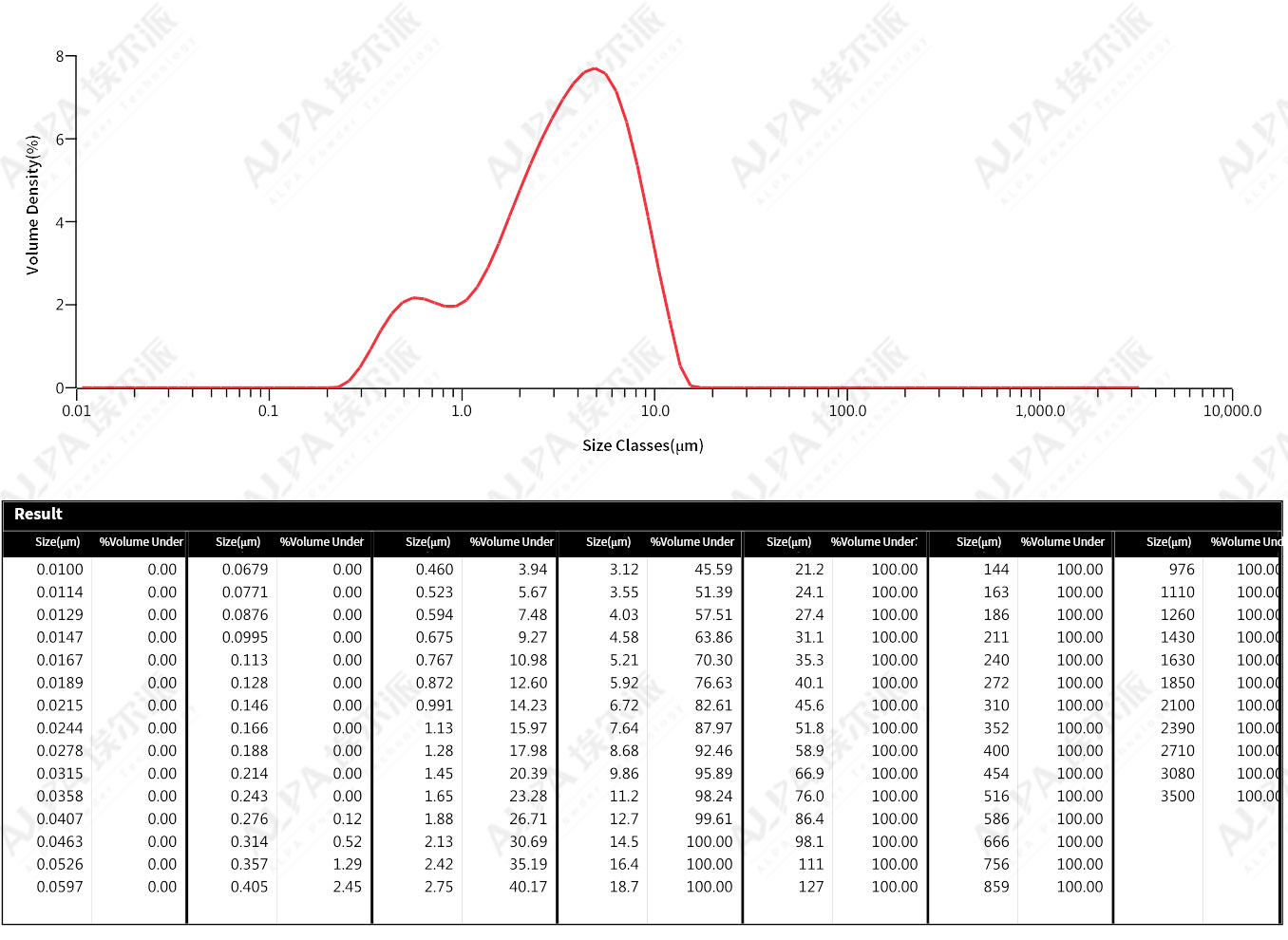
Single Crystal Ternary material jet mill production line of a High-tech factory in Ningde City
The client is one of the top-3 power battery manufacturers in the world, with strong technical strength and great industry influence. The company has always had good cooperation with ALPA. When it launched new projects and expanded production capacity, it chose ALPA. More than 10 sets of ultrafine grinding equipment have been used in total, and it has now developed into a core customer of long-term cooperation with ALPA.
Raw Material:Single crystal ternary materials
Capacity:500kg/h
Feeding Size:1mm
Product Size:D50:3.5μm
Address:Fujian
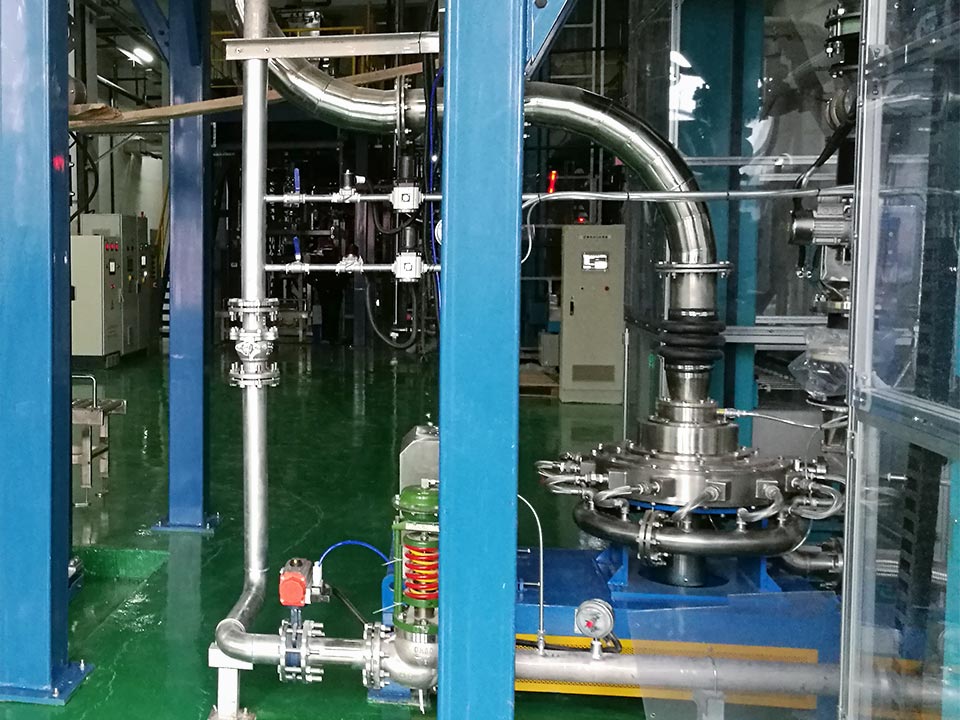
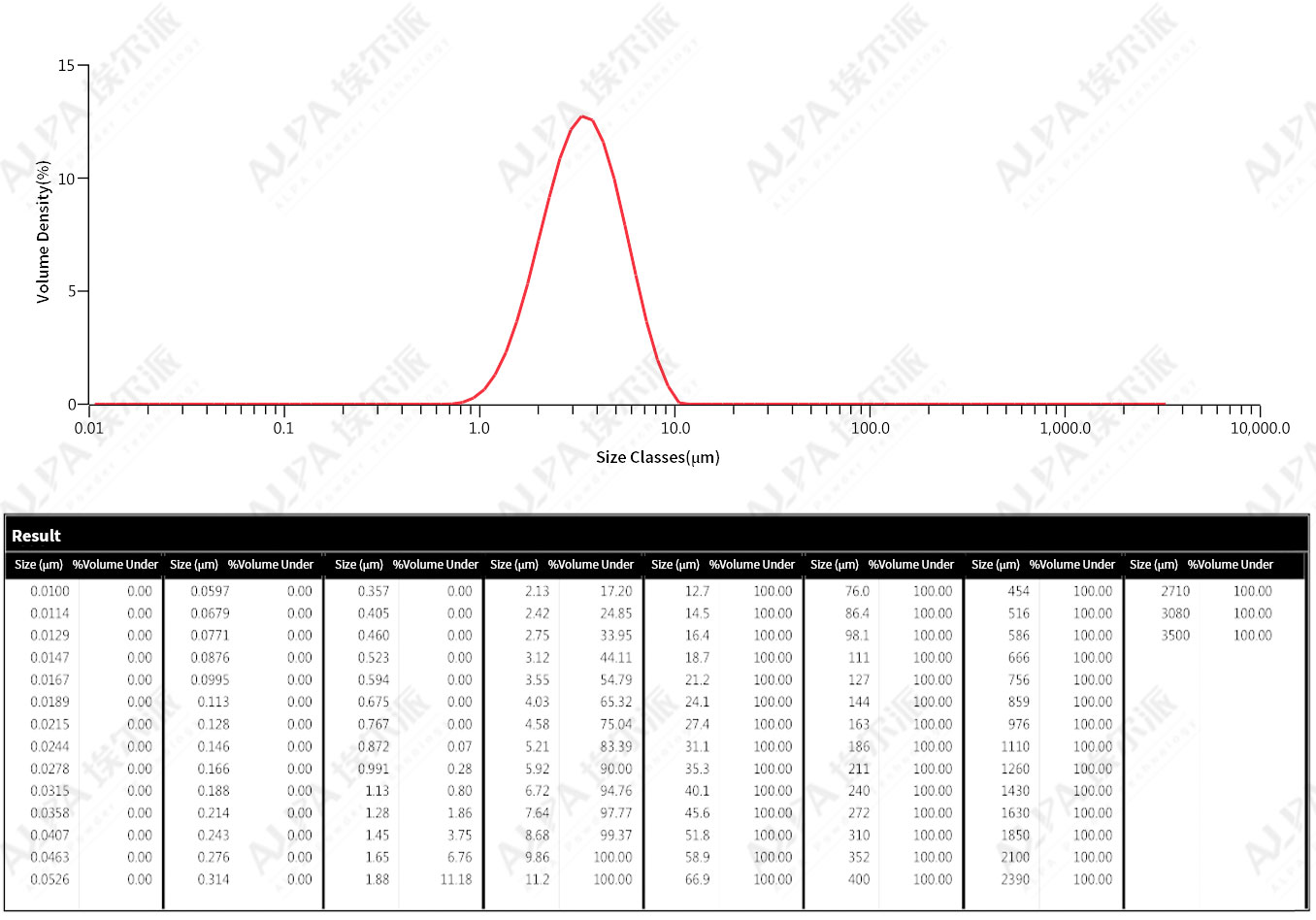
Three-in-one Lab scale grinding equipment for a battery material company in Shenzhen
The company is the world's largest manufacturer of lithium iron phosphate batteries and a leading global supplier of solar and energy storage solutions. The company's Battery Cathode Materials Research Institute laboratory actively contacted ALPA when it was developing new products. After the test, they purchased three-in-one jet mill and classifiers. ALPA successfully entered BYD's High-quality supplier system.
Raw Material:Lithium Iron Phosphate
Capacity:10kg/h
Feeding Size:20μm
Product Size:D50:0.7μm
Address:Guangdong
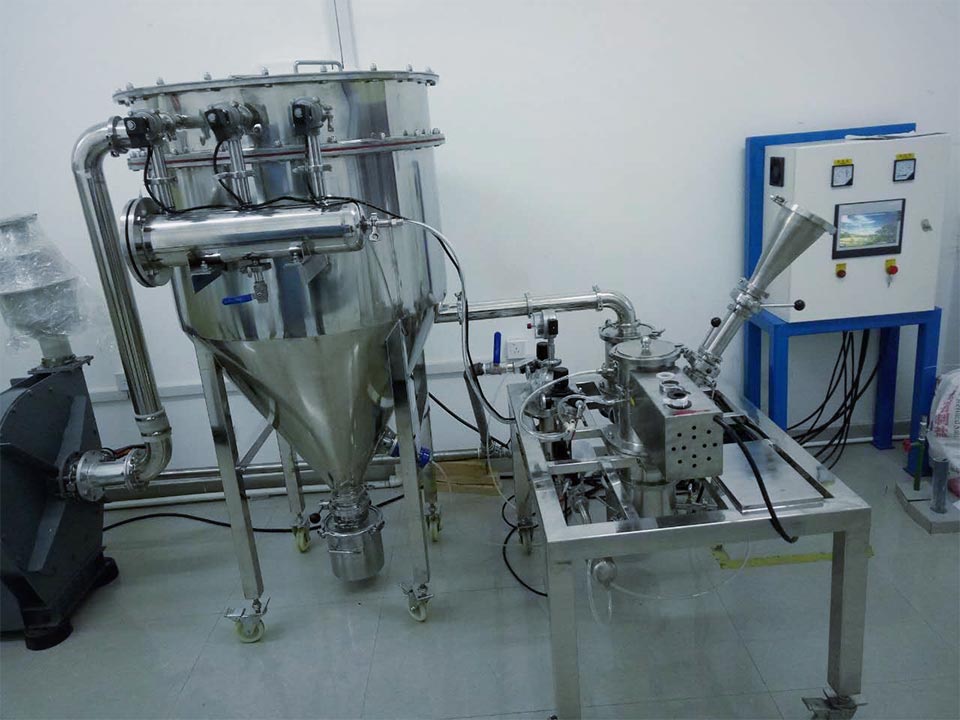
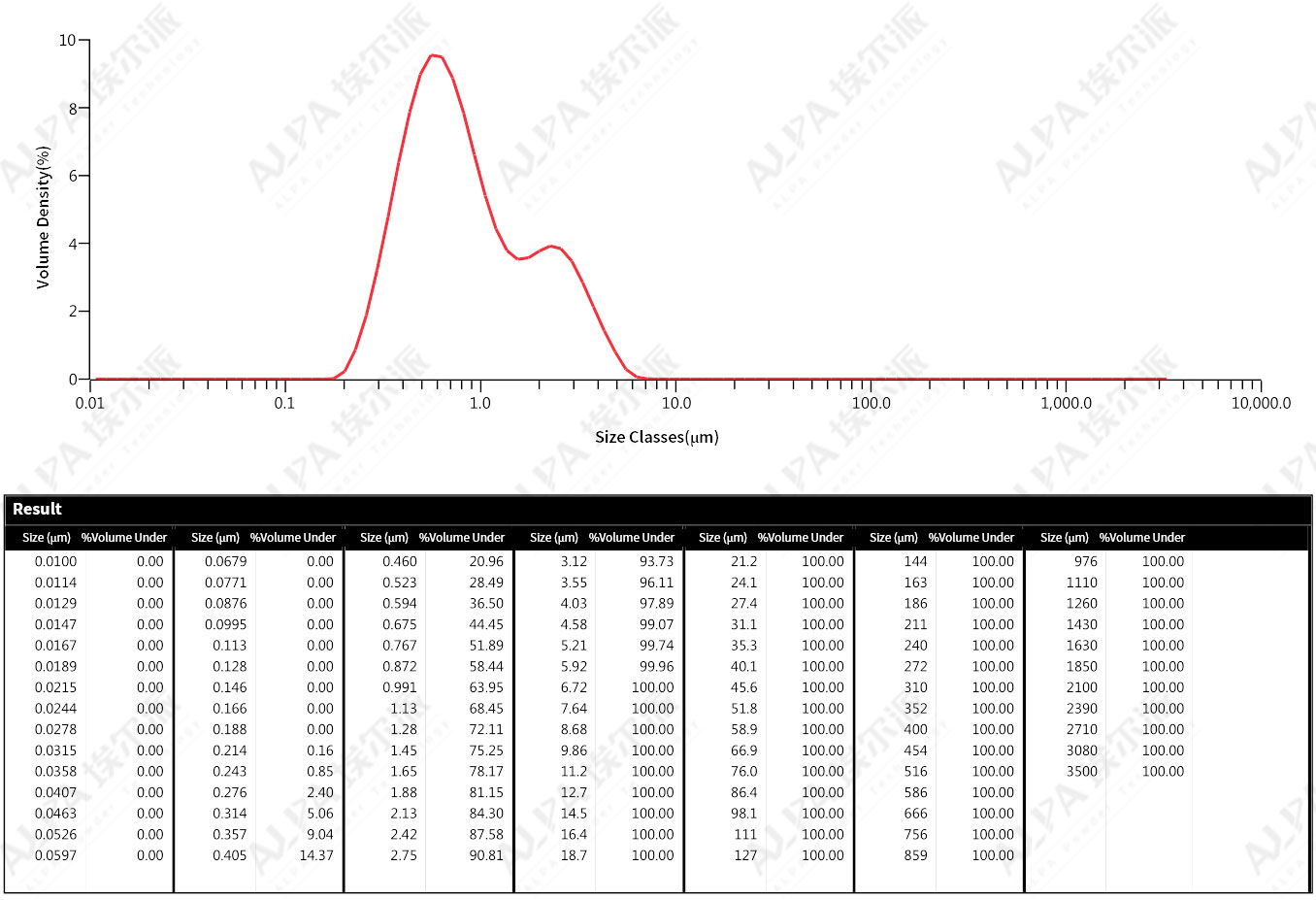
Lithium iron phosphate ultrafine grinding production line of a energy material company in Chongqing City
The client is a well-known battery material company in Chongqing. According to peer customers, ALPA can meet the stringent requirements of ultrafine grinding of battery materials in terms of purity, fineness, and production capacity. At present, it has purchased ALPA 10 sets of equipment, the customer is still expanding production and we have a stable cooperation.
Raw Material:Lithium Iron Phosphate
Capacity:2t/h
Feeding Size:1mm
Product Size:D50:1μm
Address:Chongqing
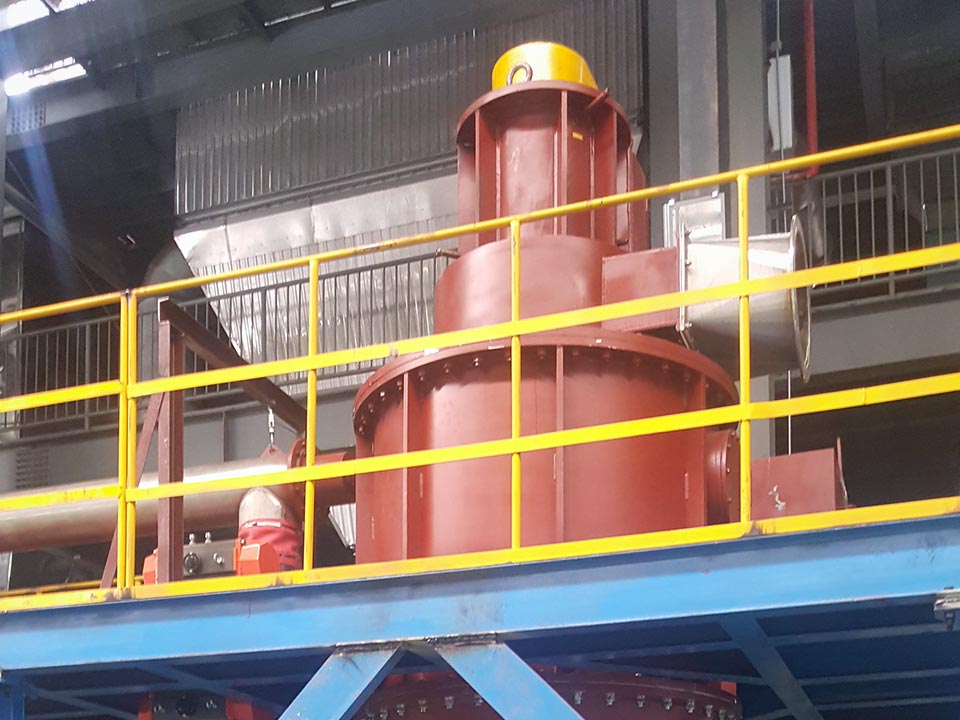
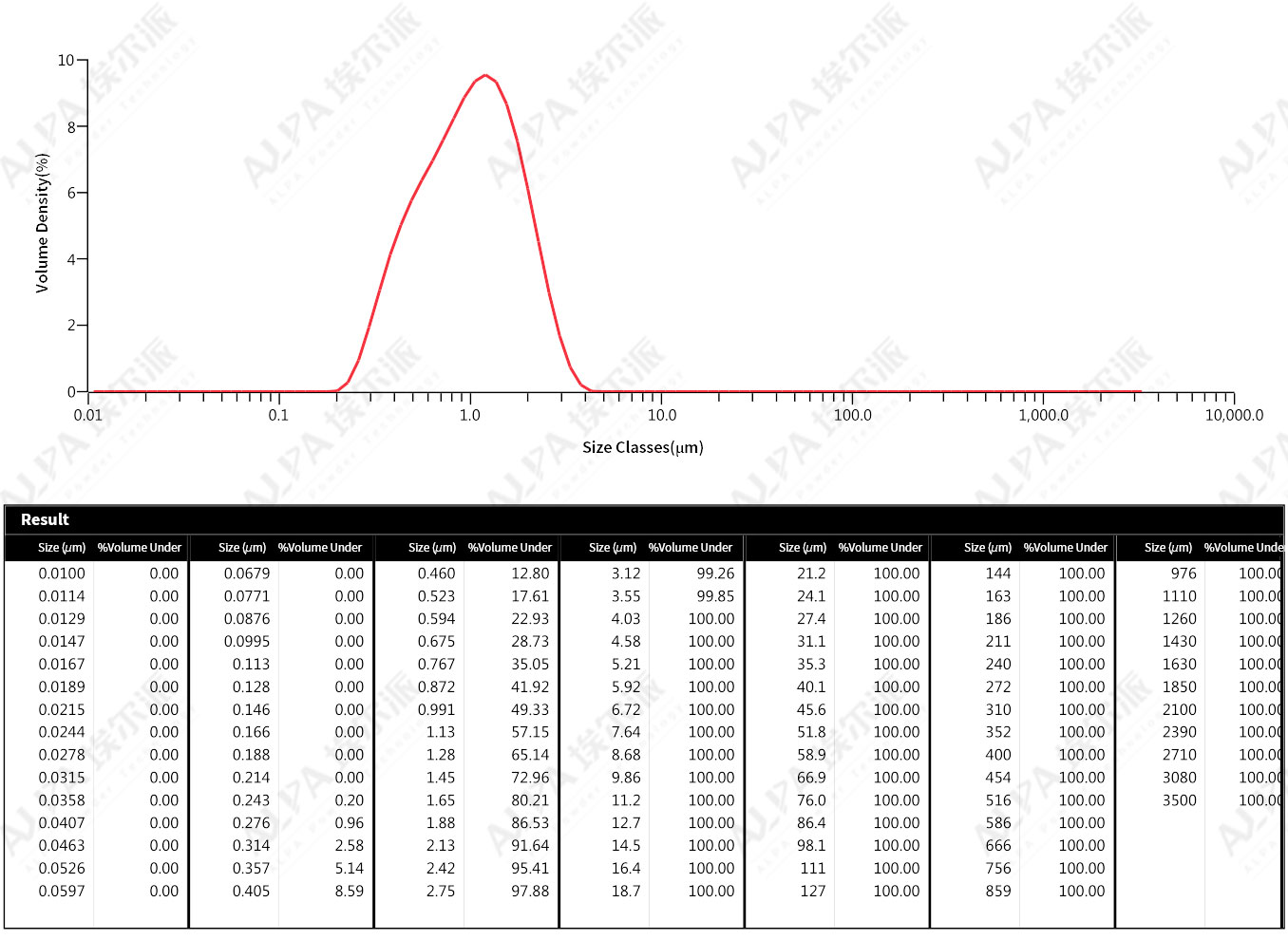
Air Classifying production line of carbon microspheres in a chemical plant in Hebei
In recent years, the new energy industry has developed rapidly. This customer seized the opportunity to expand production. ALPA's abundant cases in the new energy industry attracted the customer. Before purchasing the equipment, this customer visited ALPA factory for two inspections and then finished material tests. The results were quite satisfactory. ALPA had provided two sets of air classifier production lines.
Raw Material:Carbon microspheres
Capacity:500kg/h
Feeding Size:200 mesh
Product Size:5-45μm
Address:Hebei
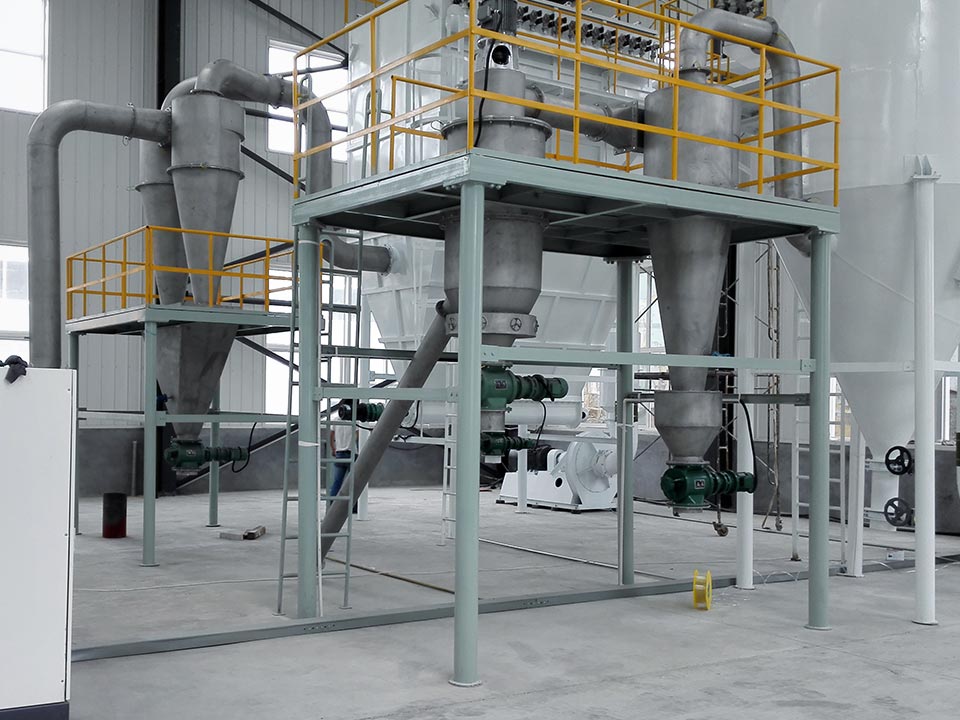

Manganese dioxide air classification production line of a manganese industry factory in Guizhou
This customer is a customer of ALPA. When expanding the manganese dioxide project, he immediately thought of continuing to cooperate with ALPA. After completing the material test, they purchased the second set of high-standard air classifying mill line. After years of cooperation, it has developed into a high-quality customer of ALPA.
Raw Material:Manganese dioxide
Capacity:400kg/h
Feeding Size:300 mesh
Product Size:D97:38.8μm
Address:Guizhou
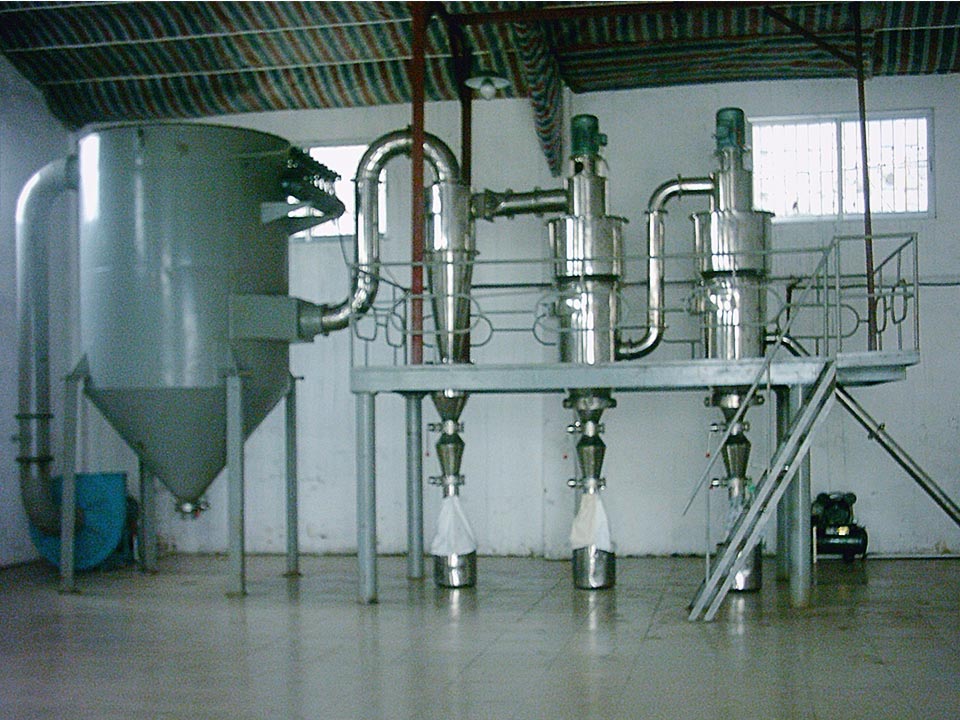
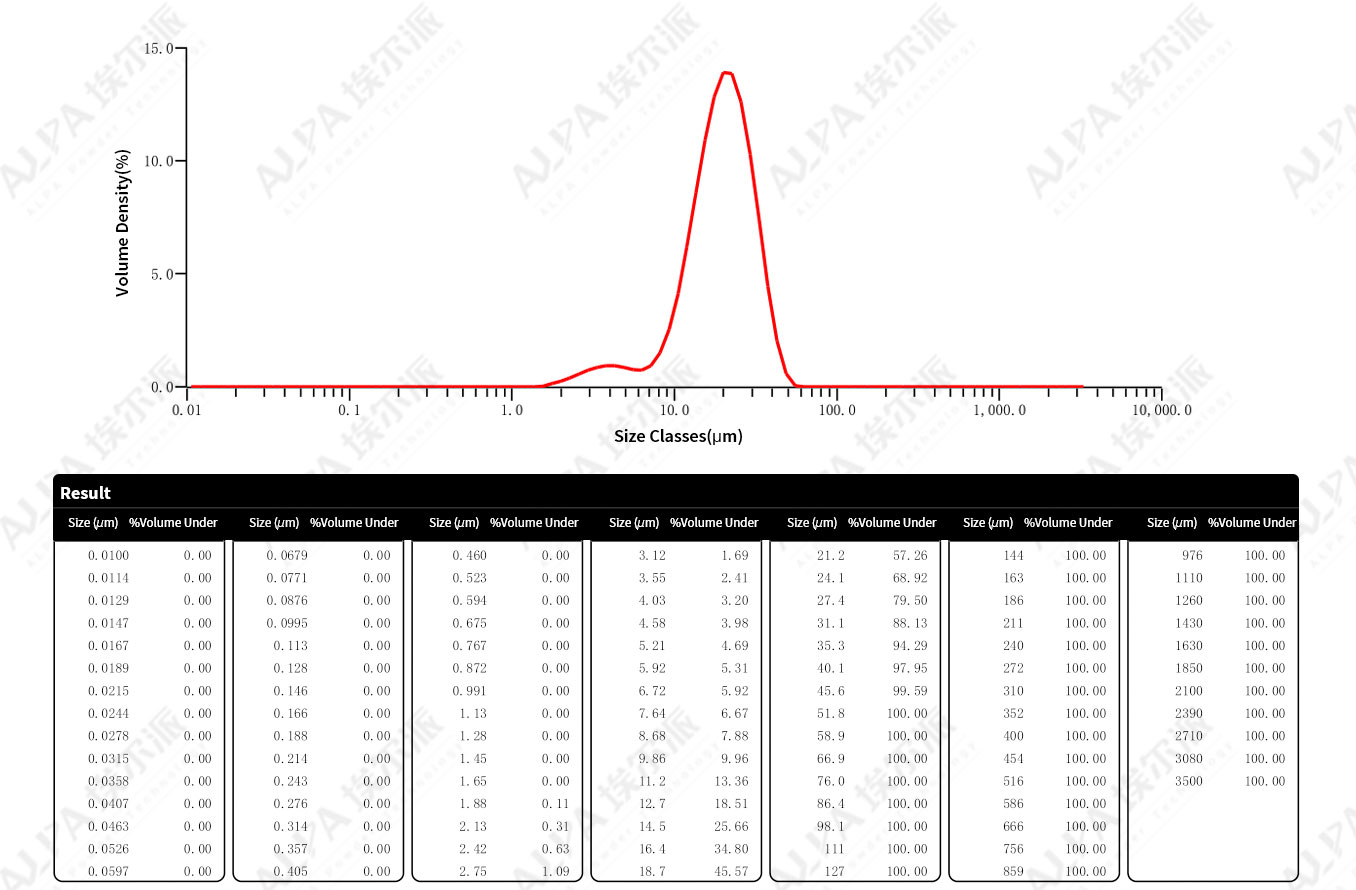
Ternary material grinding production line of a recycling technology company in Guangdong
The client is a listed company, investing in a Chinese lithium battery giant, has maintained strategic cooperation with ALPA since its inception. It is a high-quality supplier for this client. This customer is also pioneer in the recycling of lithium battery industry, currently using 5 sets of air classifying mill lines and 3 sets of jet grinding lines from ALPA.
Raw Material:Ternary Materials
Capacity:500kg/h
Feeding Size:2mm
Product Size:D50:4.36μm
Address:Guangdong
